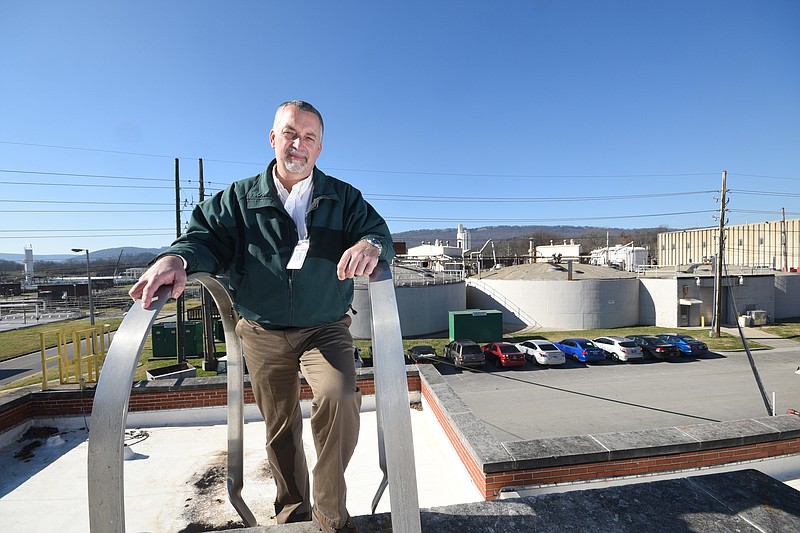There is no downside to a Chattanooga plan to make electricity from the methane waste at our sewage plant.
In fact, there are only upsides. Using the waste from treating waste to make electricity and save on utility bills makes for good business.
But it's also good for our children, grandchildren and the planet.
The plan builds sustainability for our wallets, our air, our water and our planet.
At the Moccasin Bend Wastewater Treatment Plant, big pumps run 24 hours a day, seven days a week to churn 65 million gallons of sewage a day while microbes break down human solid waste into methane gas and treat the liquid waste well enough to be poured back into the Tennessee River. The resulting methane gas - 300,000 cubic feet a day - is currently burned off, and the city is billed $4 million a year for electricity to run the plant.
But last week, City Council members unanimously voted to allow the Department of Public Works to apply for a Tennessee Valley Authority grant that would pay more than half the cost of a $6.1 million methane-to-electricity project, leaving the city's share at nearly $2.7 million, according to Public Works Director Lee Norris.
The methane would still be burned, but in such a way to produce steam to turn a turbine and generate electricity. And the methane-generated electricity would reduce the city's electric bill by $1 million every year, so the payback would be less than three years with the grant, or seven years without it, should TVA choose not to fund it.
As a side benefit, Moccasin Bend's methane electricity facility - producing a quarter of the sewage plant's power - could act as backup power to keep at least some pumps operating in the event of a major power outage.
As for helping the planet?
Methane is the second most prevalent greenhouse gas emitted in the United States from human activities.
In 2013, it accounted for about 10 percent of all human-caused U.S. greenhouse gas emissions, according to the U.S. Environmental Protection Agency. Methane's lifetime in the atmosphere is much shorter than carbon dioxide, but methane is more efficient at trapping radiation, so pound for pound, the comparative impact of methane on climate change is more than 25 times greater than carbon dioxide over a 100-year period, according to EPA.
TVA spokesman Scott Fiedler said the TVA grant prospect is part of a 2011 settlement between TVA and the EPA that commits TVA to reduce pollution in its service area across the Tennessee Valley.
If Moccasin Bend produces some of its own electricity, it reduces the amount of electricity TVA has to generate, which reduces pollution.
So here's hoping that TVA does see value in Chattanooga's grant proposal and agrees to fund it. If Chattanooga wins funding, it will take until 2020 to design and build the new facility, according to Moccasin Bend's director of Wastewater Resources Michael Patrick.
But with or without TVA money, this proposal should become a reality.
We have nothing to loose but some waste - both methane waste and money waste if we don't follow through with this excellent idea.
